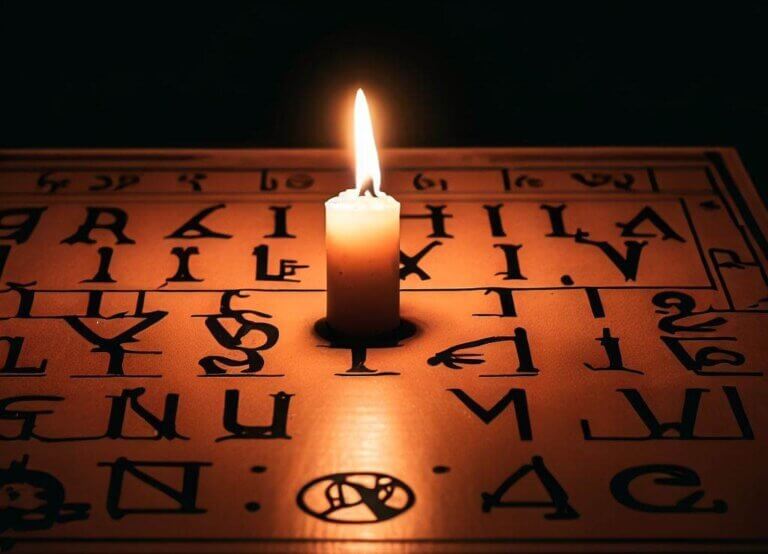Safe Steps for Spirit Invocation: A Complete Guide
Spirit invocation is a ritualistic practice that dates back millennia, and methods for invoking spirits vary across cultures and traditions. This article delves deep into the steps and nuances of spirit invocation, providing a comprehensive guide for those interested in exploring this mystical practice.
1. Preparation:
Cleansing the Space:
Before attempting to connect with the spiritual realm, it’s essential to prepare the physical environment:
- Sage or Palo Santo: Both these tools are believed to clear negative energies. Light them and allow the smoke to permeate the area, intending to purify the space.
- Salt Circles: Some traditions use a circle of salt around the ritual area as a barrier against negative entities.

Setting the Ambiance:
The ambiance plays a significant role in spirit invocation:
- Lighting: Using candles can create an intimate atmosphere. Some prefer specific colors, like white for purity or black for protection. If you are invoking the Spirit Izabael I recommend purple or pink candles.
- Sound: Soft instrumental music, drums, or chanting can aid in achieving the desired state of mind.

Gathering Symbols:
Symbols can serve as a focal point for your intent:
- Images or Statues: If invoking a specific deity or spirit, having their representation can strengthen the connection.
- Personal Items: If trying to contact a personal spirit or ancestor, a personal item of theirs can be beneficial.

2. Ritual:
Chants & Mantras:
Words have power, and rhythmic repetition can induce a trance state:
- Research Traditions: If invoking a specific spirit, research traditional chants associated with them.
- Create Personal Mantras: For a more personal connection, you can craft your own chant that encapsulates your intent.

Dance & Movement:
Movement can be both grounding and elevating:
- Ritual Dance: Many indigenous cultures use dance as a primary tool for spiritual connection.
- Mudras: These are hand gestures used in Hinduism and Buddhism. Each gesture correlates with different energies or deities.

3. Communication:
This step involves opening oneself to receive messages or signs from the spirit:
Dreams:
- Intention Setting: Before sleeping, clearly state your intention to communicate with the desired spirit.
- Dream Journal: Keeping a journal by your bedside allows for immediate recording of dreams, capturing details that might fade upon waking.
Automatic Writing:
This involves letting the spirit guide your hand to write messages:
- Relaxed State: Begin with meditation to clear your mind.
- No Expectations: Let your hand move without consciously directing it. It might start as scribbles but can evolve into coherent messages.

Tools:
Some tools can facilitate communication:
- Pendulums: These can answer yes/no questions based on their movement.
- Ouija Boards: While popular, they should be used with extreme caution and preferably under experienced guidance.
- Sacred items: Anything items that are sacred to your spirit (or deity–these steps will work just as well for invoking various Gods of most pantheons.) For the Spirit Izabael, for examples, have a seashell, or a genie-bottle for her to “inhabit.”
4. Closing:
It’s crucial to end the session appropriately, ensuring the spiritual connection is severed:
Grounding:
- Physical Activity: Simple actions like clapping, stomping feet, or even eating can help reconnect with the physical realm.
- Visualization: Imagine roots extending from your body into the Earth, anchoring you firmly.
Thanking the Spirit:
Always express gratitude to the spirit for their guidance or messages. This maintains a respectful relationship and ensures a positive experience for future invocations.

Conclusion:
Spirit invocation is a sacred and ancient practice that demands respect, intention, and knowledge. It offers an opportunity for deeper understanding, spiritual growth, and connection to the unseen realms. However, one should always approach it with caution and seek guidance when in doubt. Whether driven by curiosity, need, or spiritual pursuit, understanding the detailed steps ensures a safer and more profound experience. Like anything, you probably won’t be much good at invocation or evocation until you do just 3 things: Practice, Practice, Practice!







